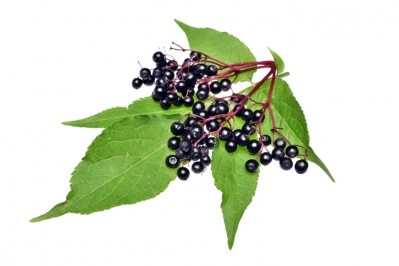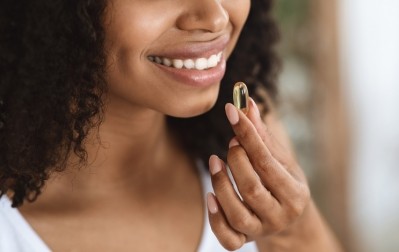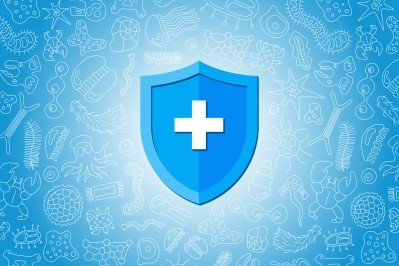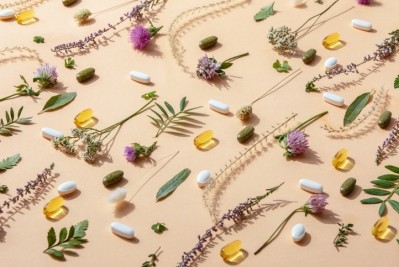Elderberry quality: New standards needed for dosage forms, and separate monographs for European vs American Elder, say experts
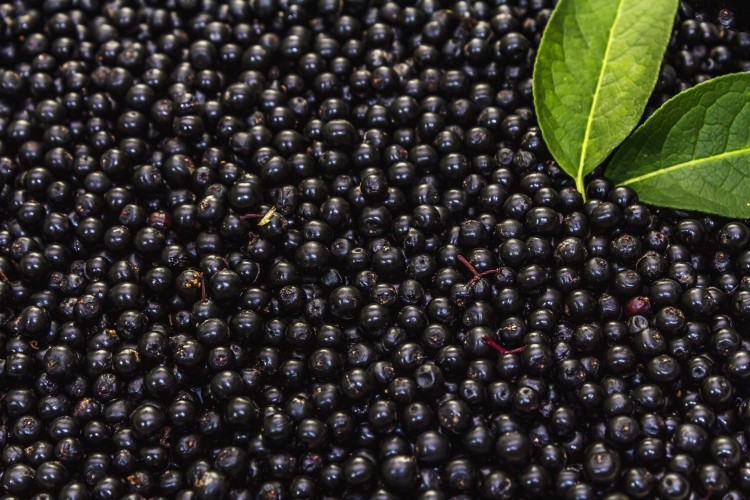
There is currently only one official USP (United States Pharmacopeia) monograph for elderberry, but the open forum about Elderberry Standards Development on January 22, 2021 concluded that more standards and monographs are needed.
According to the most recent Herb Market Report by the American Botanical Council (Herbalgram 127), sales of herbal supplements with black elderberry (Sambucus nigra & S. canadensis) were $107.5 million (110% growth) in the mainstream channel, and $32 million in the natural retail channel (20.5% growth).
Increasing consumer demand is stalked by an increasing threat of adulteration as unscrupulous suppliers attempt to profit from the interest. Adulteration of elderberry products is reportedly on the rise, as we reported last year, with testing done by supplement manufacturer Nature’s Way, for example, finding evidence of various adulterants, including blueberry (Vaccinium angustifolium, V. corymbosum, or V. pallidum, Ericaceae), black chokeberry (Aronia melanocarpa, Rosaceae), amaranth dye, and black rice (Oryza sativa, Poaceae) extract, among others.
Experts at the USP forum also noted that substitution of the European or American elder with Sambucus williamsii – also known as the North China red elder – is increasing and this species may not always be declared on product labels.
Stefan Gafner, PhD, chief science officer at the American Botanical Council and technical director for the ABC-AHP-NCNPR Botanical Adulterant Prevention Program (BAPP), told NutraIngredients-USA that adulteration of elderberry is not something that started during the COVID-19 pandemic, with reports in the scientific literature indicating an issue years earlier.
“What gives adulteration away is the presence of certain anthocyanins, specifically peonidin-3-O-glucoside, peonidin-3-O-galactoside, and peonidin. These anthocyanins have not been reported from elder berry,” said Dr Gafner.
Methodologies and standards
To counter the adulteration, methods are needed to be able to identify and quantify anthocyanins and other polyphenols in Elderberry ingredients. The existing USP HPLC-UV anthocyanins method used for the identity and composition tests remains “very robust as a compendial method”, according to USP, while the HPTLC identity test adds complementary analysis on the anthocyanins profile.
USP is also developing more modern methods, such as HPLC-MS and NMR, but these are “more sophisticated and expensive techniques”. USP is seeking stakeholder input on these more modern methods.
Another conclusion from the open forum was that new USP Elderberry standards would be valuable for the different types of ingredients and dosage forms, including liquid extracts, aqueous extracts, regular strength juices, juice concentrates, dried juice concentrates, and fruit powders.
“Moreover, for each ingredient category, individual monographs for European Elder and American Elder need to be developed,” according to the USP report of the event.
A wide range of dosage forms also exists for Elderberry, including sachets, effervescent tablets, capsules, gummies and other chewables, lozenges, syrups, liquid extracts, tinctures, decoctions, and infusions. USP requested input from attendees of the open forum for the prioritization of new standards. Elderberry is also used in dietary supplements as a single ingredient or in multi-ingredient formulations containing other botanicals, zinc, and/or vitamin C.
Maria Monagas, PhD, Scientific Liaison- Dietary Supplements and Herbal Medicines at USP, told NutraIngredients-USA that the way to prioritize the dosage forms would be to look at the NIH’s Dietary Supplement Label Database (DSLD) to understand which dosage forms are the most popular and start with them.
USP encouraged stakeholders to share their Elderberry technical information (specifications, sheets, certificates of analysis, and manufacturing flow charts) and analytical samples for the development of new monographs and reference standards.
Taxonomy
The most common species are European Elder (Sambucus nigra L.) followed by American Elder (Sambucus canadensis L.). There remains some debate around whether these are indeed different species or subspecies.
“The USP Dietary Supplement and Herbal Medicine (DSHM) Nomenclature Joint Subcommittee has decided that because European and American Elder have different profiles, it would be best to have different monographs,” stated USP.
